Shey Gompa Dolpo: Exploring the Spiritual Heart of the Himalayas
Shey Gompa Dolpo is a part of the Himalayas basically connected with spiritualism. Shey Gompa dates back centuries, thus making it an important place for Buddhist monasteries in Dolpo. This Dolpo Buddhist Monastery allows the traveler to retreat deep into the serenity sought by them for spiritual advancement. The pilgrimage to Shey Gompa attracts its travelers to the ancient way of practices and rituals it has been performing.
One gets to experience Dolpo culture and heritage, isolated from the world. It reveals a blend of spirituality with nature's splendor. Its charm has lured many spiritual sojourners from around the world to it.
Featured Trip: Shey Festival
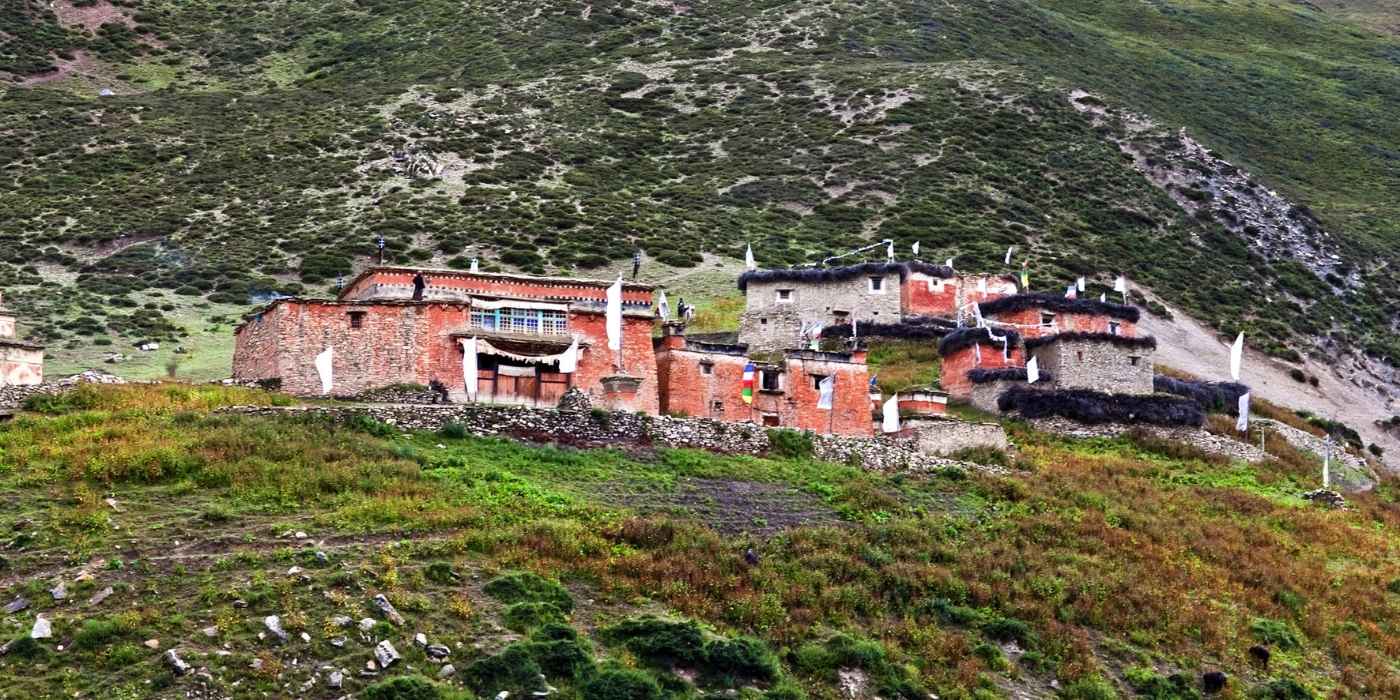
Its Significance
Shey Gompa Dolpo, a highly valued Buddhist monastery of Nepal, is located in the remote Dolpo region. For its spiritual significance, it has been a pilgrimage site for centuries, seeking peace and spiritual enlightenment. The monastery holds deep historical value and is an important center for Tibetan Buddhism in the region.
Its location amidst the rugged beauty of the Himalayas increases its appeal as a quiet and sacred place. Many consider visiting there more than a physical journey; it is a profoundly transforming spiritual experience.
Why is it a spiritual destination
- Sacred Buddhist Monastery: It is one of Dolpo's oldest and most important Buddhist monasteries, holding great spiritual importance according to Tibetan Buddhism.
- History Significance: The monastery is extremely historical and has been a center for meditation and spiritual practice for many years, thus being a cardinal site for pilgrims.
- Peaceful Environment: Smelt with the serenity of the Himalayas, it presents the ideal environment that furthers one's spiritual introspection and mindfulness.
- Pilgrimage: It is considered one of the leading pilgrimage destinations, thus acting as a magnet for those willing to enhance their spiritual practices, including prayer and meditation, combined with the touch of ancient traditions.
- Cultural Immersion: This place allows one to experience the culture of Dolpo and its heritage here, which is deeply interrelated with Buddhism.
- Meditation and Prayer: The monastery provides space for meditation and prayer by the monks or visitors and for conducting religious rituals to connect them to higher spiritual energies.
Recommendation Read: Shey Gompa Shelri Durga
The Dolpo Region: A Hidden Gem
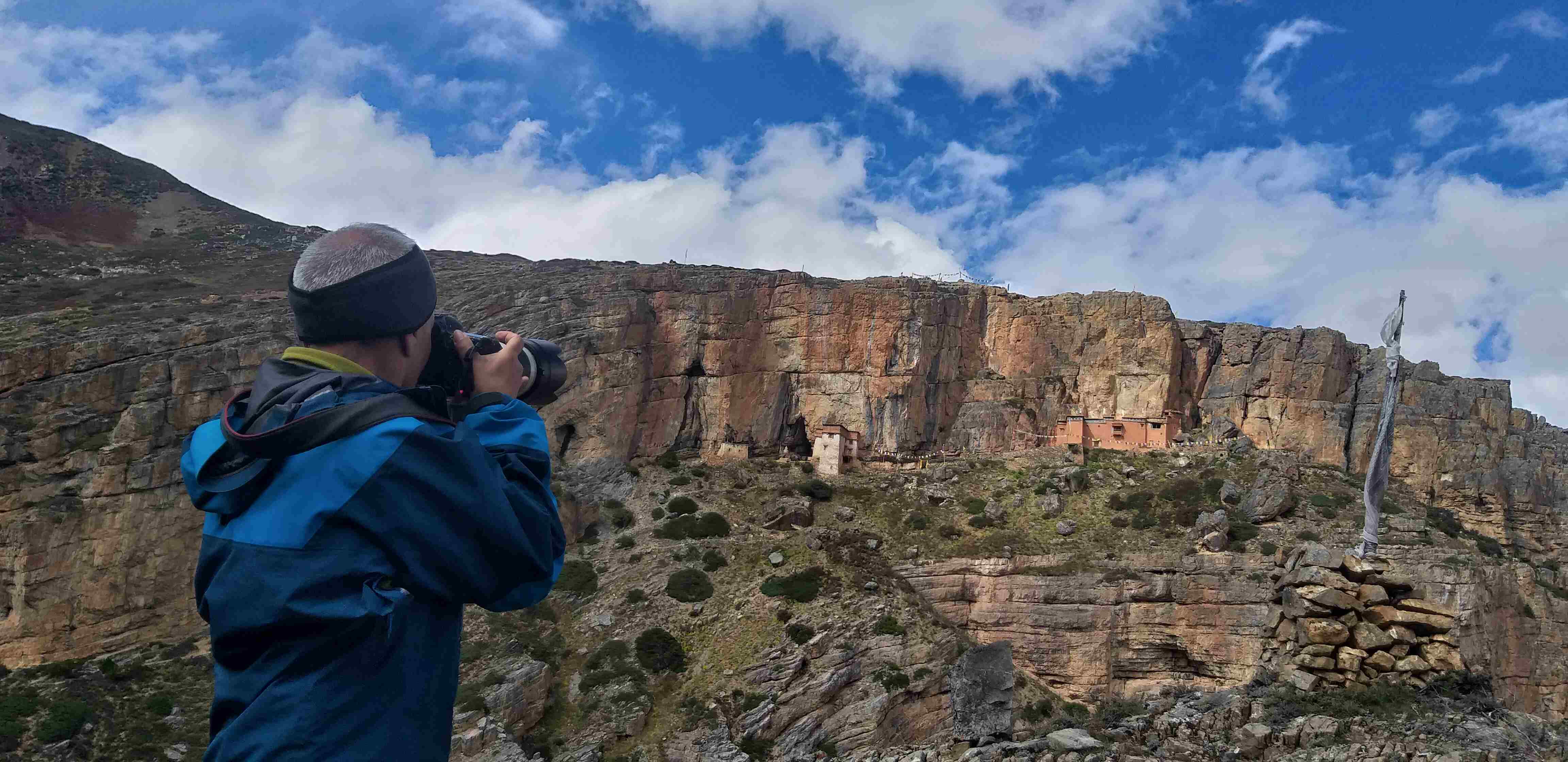
Geographical overview of Dolpo
Dolpo is a remote and rugged region northwest of Nepal, bordering Tibet in the north. Highly isolated, it is considered one of the least developed and accessible areas of the country. Dolpo ranges from 1,500 to over 7,000 meters and consists of alpine meadows, deep valleys, and snow-capped peaks. The Dolpo region is sprinkled with various Tibetan Buddhist monasteries and has a rich cultural and spiritual history.
Why Dolpo is known for its natural beauty
- Breathtaking mountain ranges (Dhaulagiri, Kanjiroba)
- Diverse landscapes (desert-like terrain, alpine meadows, valleys, forests)
- Pristine wilderness
- Clear skies and starry nights
- Rich flora and fauna (snow leopards, Himalayan blue sheep)
- Serene lakes and rivers
- Scenic trekking trails
History
Origin and Founding
It has been established over centuries of establishment and its main framework can still be linked with the spiritual culture of the Tibetan Buddhism. Some historians for example posit that it was constructed by a prominent Tibetan LAMA or monk and was used as a religious shrine , meditation and solitary confinement.
This remote location in the Dolpo region was chosen for its peaceful surroundings and accessibility on route to those on pilgrimage. Over time, it became important as a center of Buddhist teachings and practices in the region.
Its role in Tibetan Buddhism
- Center for Buddhist teachings and practices
- Site for pilgrimage and spiritual reflection
- Home to monks who preserve Tibetan Buddhist traditions
- A place for meditation, prayer, and rituals
- Promotes values of compassion, wisdom, and mindfulness
- Important location for Buddhist festivals and ceremonies
- Serves as a spiritual retreat for both locals and visitors
- Maintains and transmits ancient Tibetan Buddhist knowledge
Trekking to Shey Gompa
Key routes
1. Juphal
From Juphal, a small town with an airport, the route goes through picturesque villages, rich forests, and valleys. The trail gradually gains altitude and offers great views of the surrounding mountains, leading to Shey Gompa after a few days of trekking.
2. Rara Lake
This longer and more challenging route begins at Rara Lake, one of Nepal's largest and most beautiful lakes. The journey takes trekkers through remote villages, dense forests, and high-altitude terrain, offering scenic views of the Himalayas.
Featured Trip: Rara Lake To Dhorpatan Semi Tea House Trek
3. Dunai
Dunai is the district capital of Dolpo and a common starting point for trekkers. The route from Dunai passes through traditional Tibetan Buddhist villages, monasteries, and stunning landscapes, including alpine meadows and rugged mountains.
4. Lhasa via Tibet
This route starts from Lhasa in Tibet and takes trekkers across the Tibetan plateau into Nepal and through the high-altitude landscapes of Dolpo. It is a more challenging route that requires permits and offers a unique cross-cultural experience, combining Tibetan and Nepali influences.
5. Sarku
The trail from the village of Sarku takes trekkers through narrow valleys, steep climbs, and far-flung villages- a haven for observing the rich culture of Tibetan Buddhism in these regions. This route is much quieter, with less traffic.
6. Phoksundo Lake
Beginning at Phoksundo Lake, trekkers follow a path that meanders through dense forests, past waterfalls, and through beautiful alpine scenery. The route offers both natural beauty and cultural experiences, including visits to Buddhist monasteries along the way.
Featured Trip: Phoksundo Tea House Trek
Best time to visit for trekking to Dolpo Shey Gompa
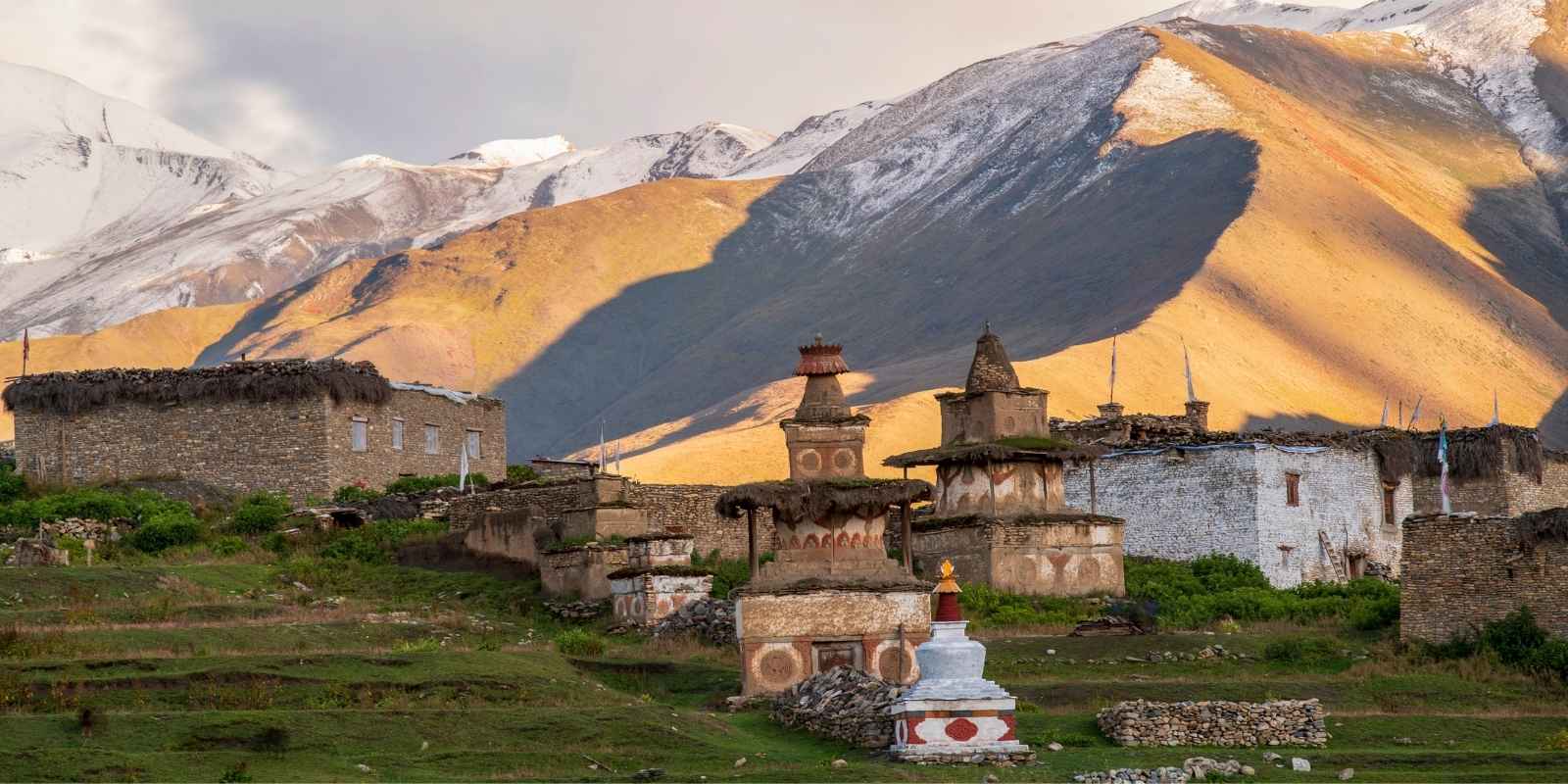
1. Spring (March to May)
The spring has moderately warm temperatures that range from 10°C-18°C for the daytime while getting as low as 0°C to -5°C during the night. This would, therefore, be one of the best times to make the trek since the climate would be mild and green, and rhododendrons, along with other wildflowers, would create an enchanting scenery to make your trek memorable. For full detailed overview on best time to trek, click here.
2. Autumn (September to November)
This is considered the best time to trek because of the temperature that lies between 12°C to 20°C in the daytime and colder nights that range from 0°C to 5°C. Crystal clear skies and stable weather conditions allow one to see breathtaking mountain views and enjoy comfortable trekking conditions.
3. Summer (June to August)
During summer, temperatures range from 15°C to 25°C, although it is also a part of the monsoon months. The region receives much rain, making the trail slippery and difficult to maneuver, though the landscape would be green and vibrant.
4. Winter (December to February)
There are better times for winter trekking due to low temperatures, -10°C to -20°C at an altitude of higher altitude, snowfall, and acute weather conditions. The pathways are pretty difficult to cover because of cold and icy paths.
Spiritual Practices in Shey Gompa Dolpo
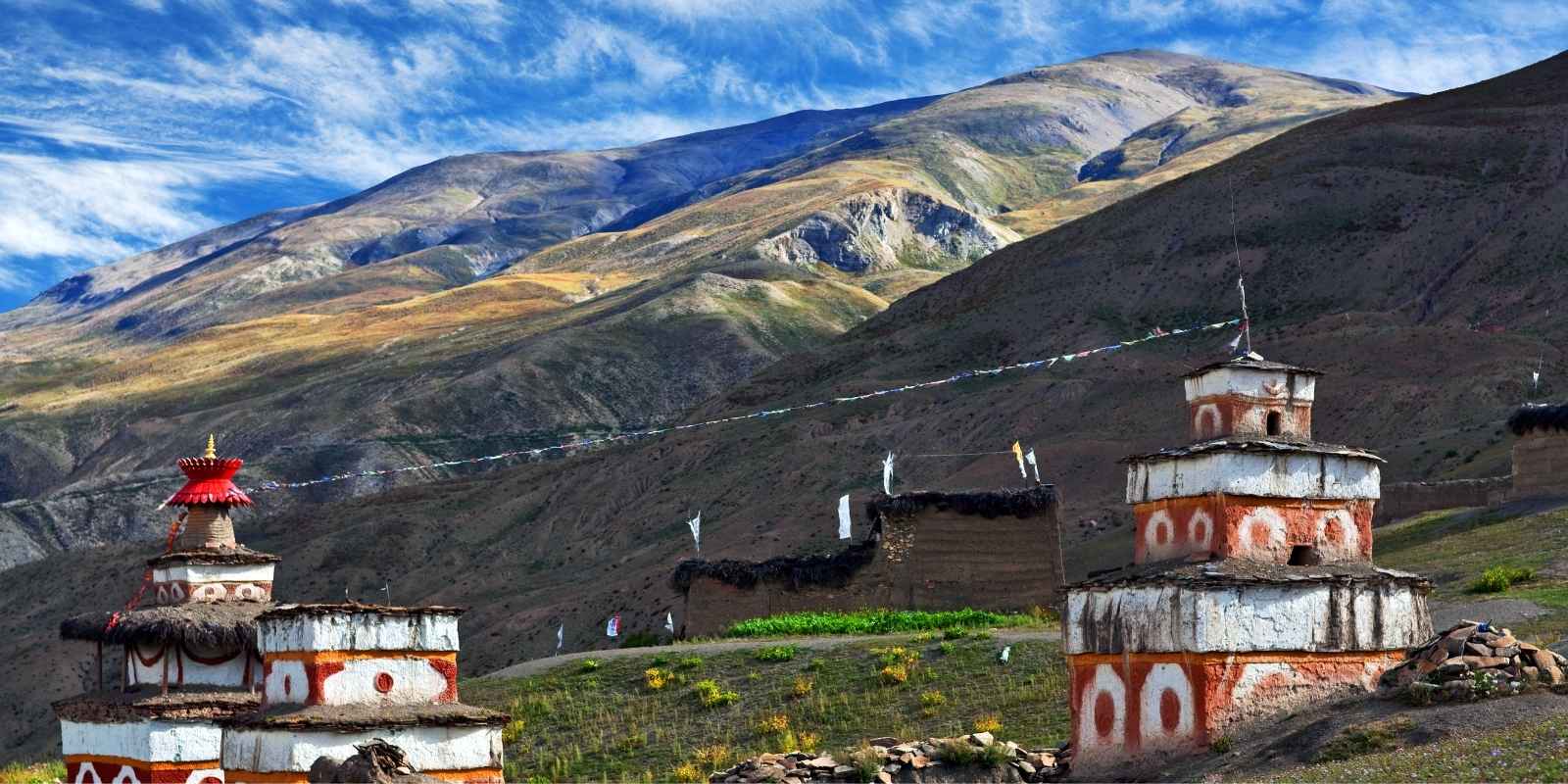
Importance of meditation and prayer
- Provides inner peace: Meditation gives quietness to the mind and a deeper spiritual connection.
- Fosters mindfulness: Gains awareness and becomes present in daily life.
- Spiritual growth: Encourages progress on the spiritual journey through prayer and meditation.
- Preserves Buddhist traditions: Maintains ancient Tibetan Buddhist practices and teachings.
- Strengthens devotion: Deepens commitment and faith through regular prayer.
- Promotes communal harmony: Group practices foster unity and shared spiritual growth.
The daily life of monks and nuns
- Saying of special prayers and meditation at dawn
- Although We chant mantras and read Buddhist scriptures.
- Giving of alms and engaging in such other communal activities as carrying out fellowships and other communions.
- To do the realistic systematic tasks of cleaning and maintaining the monastery through principles of mindfulness.
- Reading sutras and stupas
- Daily lifestyle mind practicing with different activities
- Bible studies and prayers at night
- Living a plain, routine and frugal life
Cultural Insights from Dolpo
The lifestyle of Dolpo's people
Living in harsh conditions at high altitude has been the fate of Dolpo inhabitants. They are farmers, herders and merchants who venture into farming, rearing of animals and trading respectively in order to earn a living. Their daily life and social relations are defined by Tibetan Buddhism, as long as the absence of any sophisticated industry or trade. People traditionally put on woolen garments during winter, according to the population of the inhabitants. Appropriate and comfortable houses made of stone protect people of this area from severe climates.
Moreover, they possess little of the modem conveniences and yet they maintain much of the sense of mutual community and duration of native culture. The way of life they have portrayed is so basic, so independent, so empowering, and so inclined to preventing all dangers that come their way, it is all very spiritual.
How Do I Go To Dolpo From Kathmandu, How Do I Go To Dolpo From Pokhara. (Must Read)
Local traditions and festivals
- Many Buddhist festivals are celebrated in Dolpo, including Losar (Tibetan New Year) and Tiji, commemorating the victory of good over evil.
- The Tiji Festival in Dolpo features colorful rituals, masked dances, and prayers involving the locals and pilgrims in great formality.
- Family gatherings, feasts, and religious ceremonies mark Losar, the Tibetan New Year.
- The people also observe local traditions such as sky burial and pilgrimages to sacred sites.
- Dolpo is famous for its specific Tibetan-influenced architecture, art, and cultural practices, which have remained relatively unchanged for centuries.
The Surrounding Nature and Wildlife
Biodiversity and Rare Species in Dolpo
- Snow leopard
- Blue sheep
- Himalayan tahr
- Musk deer
- Tibetan wolf
- Tibetan antelope
- Red panda
- Himalayan griffon vulture
- Various species of pheasants
- High-altitude wildflowers and medicinal plants
Scenic routes
- The route to Shey Gompa is one of the most beautiful in the Dolpo region, offering tremendous views of snow-capped peaks and serene valleys.
- The trails pass through dense forests, rivers, and picturesque villages, giving the trekkers a varied landscape.
- It leads to a section of the Phoksundo Lake trek that attracts people with its turquoise waters and cliffs.
- It is a trekking with superb views of the Annapurna and Dhaulagiri mountain ranges.
- They can also adventure in the rugged terrain, rich in cultural and natural beauty, including Buddhist monasteries and sacred sites.
Read our blog, Best Dolpo Treks in Nepal
Conclusion
While Shey Gompa is located in Dolpo, the spiritual experience of yoga with the Himalayas in the backdrop is quite distinct. The region is known to be a bio-diversity zone to some of the world’s most endangered species like the snow leopard and blue sheep. It’s one of significance monasteries of Tibet, which is a place of spiritual retreat for Tibetan Buddhists. Trekking into Dolpo is an interesting tourist activity, as the area is famous for its stunning landscapes and historical significance.
Dolpo Caravan Treks and Expeditions offers guiding tours so travelers can see and feel the beauty of Shey Gompa and the surrounding area. A visit to Dolpo is a memorable adventure to the core of the Himalayas.
FAQs
What makes Shey Gompa a spiritual destination?
It is one of Dolpo's most respected Buddhist monasteries, offering tranquil surroundings to its environment, where one can conduct spiritual practices. This is a significant pilgrimage site for Tibetan Buddhists for meditation and spiritual enlightenment. The peaceful surroundings of the monastery make it a sacred destination because of its historical significance.
How challenging is the trek to Shey Gompa?
The trek is of medium difficulty because of the high altitude and ruggedness, along with the remoteness of the trails. The trekker must be prepared for steep ascents, sudden weather changes, and minimum facilities en route. But with proper preparation, physical fitness, and experienced guides, it becomes an unforgettable journey.
What kind of wildlife can I see around Shey Gompa?
It lies amidst the wilderness, with various wild animals and rare species such as the snow leopard, musk deer, blue sheep, and Himalayan griffon vulture. Shey Phoksundo National Park, where the monastery is located, is a protected area with rich flora and fauna. Nature lovers will be captivated by the unspoiled wild of Dolpo.
Is Shey Gompa open to tourists year-round?
Tourists can visit all year round, but the best time to visit is from spring to autumn, April to November. The trek is difficult in winter due to heavy snowfall and freezing temperatures, while summer provides better trekking and sightseeing conditions.
What are the cultural practices at Shey Gompa?
The local monks and nuns follow daily Buddhist practices of prayer chanting, meditation, and rituals. The monastery is also a center for local religious festivals, offering a chance to experience Dolpo's unique Tibetan Buddhist culture. These spiritual practices create a deeply immersive experience.
How can I plan my trip to Shey Gompa?
Book a guided trek with a reputed agency such as Dolpo Caravan Treks to make a trip. They provide all necessary logistics, including permits, travel arrangements, and expert local guides to ensure the trekkers are safe and enriching. Proper planning will be required for this trek through remote and challenging terrain.

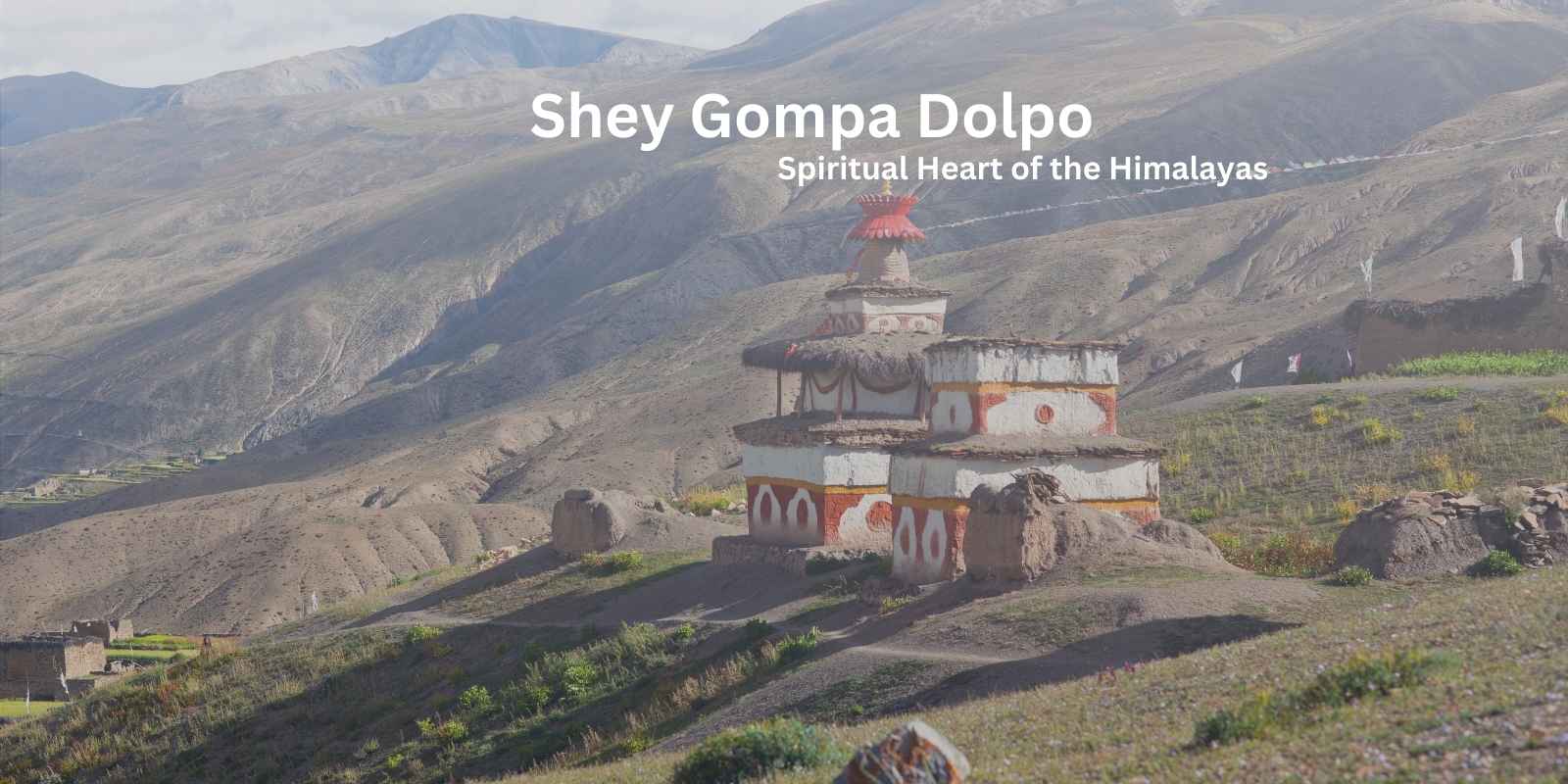
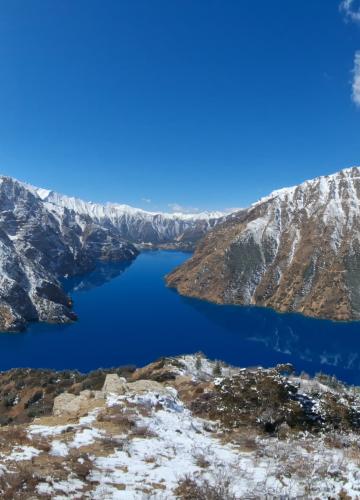
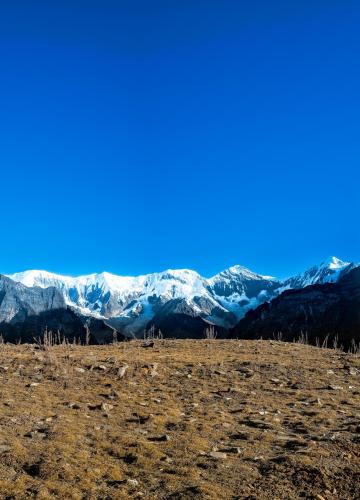
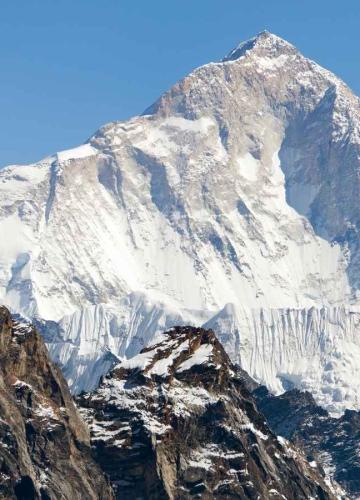
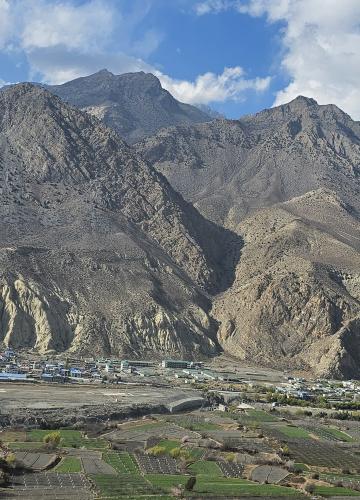
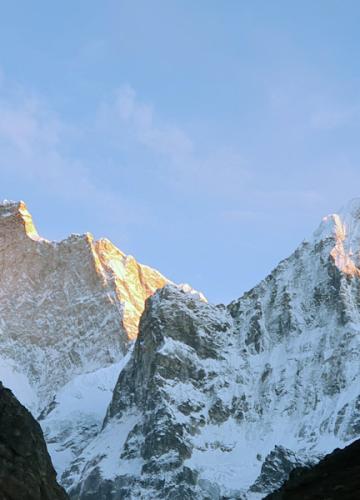
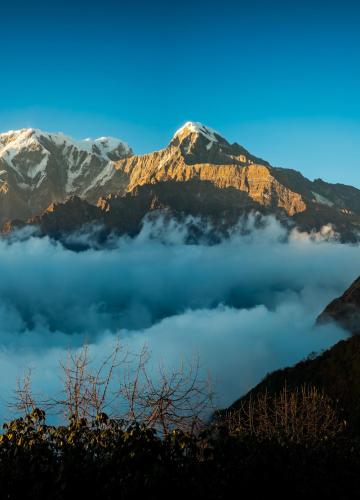

Leave Your Comment